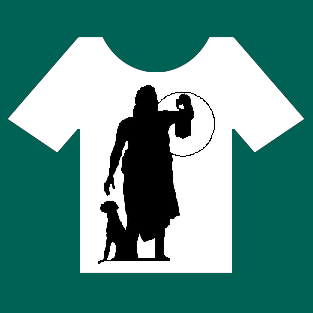On this date, the paleoanthropologist Donald C. Johanson discovered “Lucy”, a 3.2 million-year old Australopithecus afarensis skeleton, on the slope of a desert channel at Hadar located in Ethiopia.
The discovery of Lucy was a significant development in the search for clues to understanding hominid evolution. Lucy was unique in that, as she was a very old, primitive, and small hominid (human-like species) that did not fit into the known hominid types. She was also the oldest and most complete hominid skeleton that had been found. Although only 40 percent of the skeleton was recovered, bones from both sides of the body were present, allowing paleoanthropologists to reconstruct approximately 70 percent of her skeleton by using mirror imaging. With mirror imaging, existing bones are used to determine what the missing counterpart on the other side of the body looked like. Lucy’s discovery confirmed the evolution of ape-like ancestors to human-like descendants.
When he was in high school, Donald Johanson was told by his guidance counselor to forget about going to college. The only son of a widowed Swedish immigrant mother who worked as a cleaning lady, Johanson had done so poorly on his SATs that the counselor did not believe he was capable of performing college-level work. Johanson ignored the counselor’s advice, pursued higher education, and earned his Ph.D. in anthropology from the University of Chicago.
Johanson’s books include Lucy: The Beginnings of Humankind and, most recently, From Lucy to Language. Dr. Johanson hosted the Emmy-nominated NOVA television series In Search of Human Origins.

























You must be logged in to post a comment.